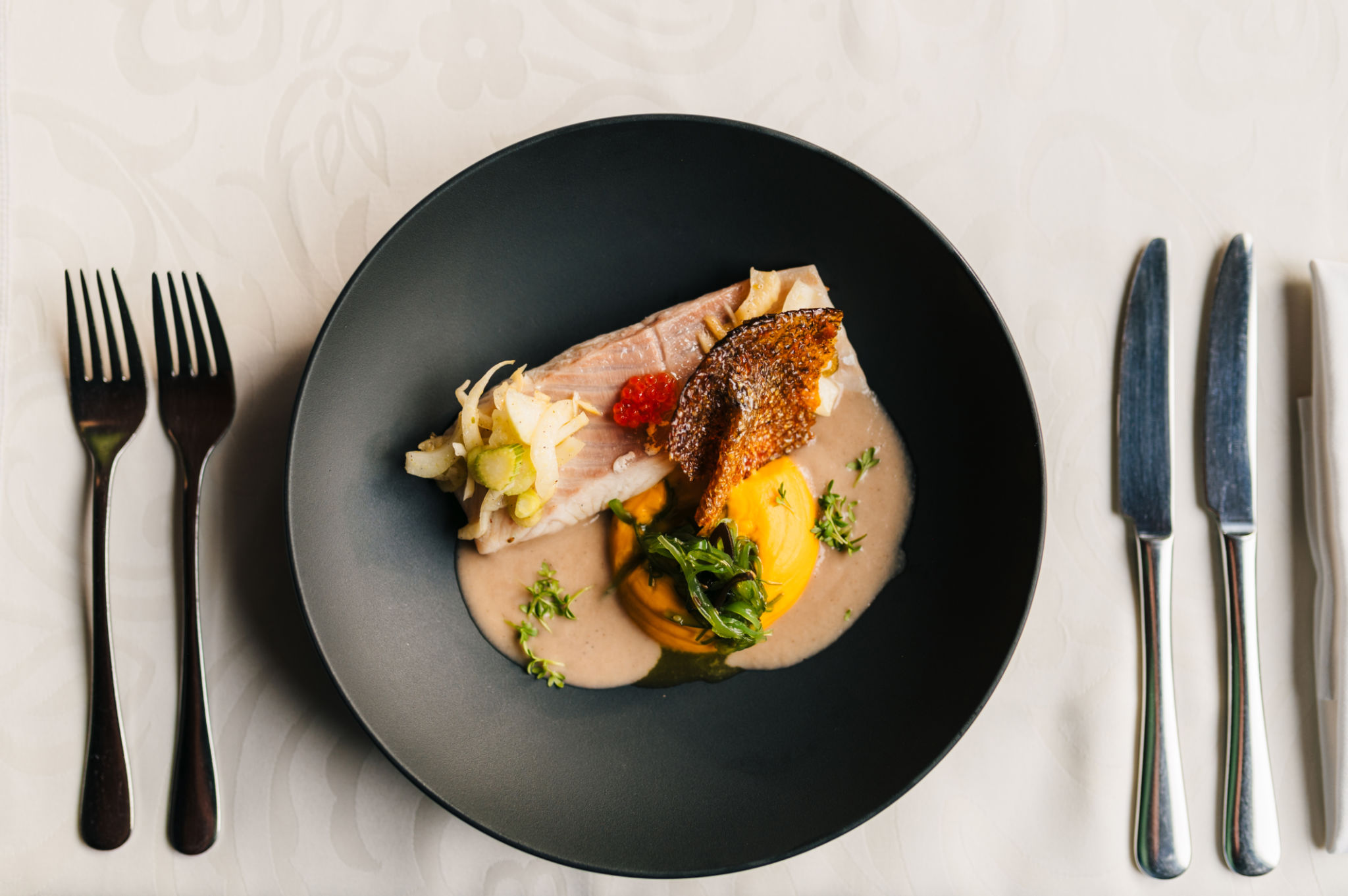Norway's Culinary Evolution: Fresh Flavors and Innovative Techniques
Introduction to Norway's Culinary Scene
Norway, known for its breathtaking landscapes and rich cultural heritage, is also gaining recognition for its evolving culinary scene. In recent years, Norwegian chefs have been at the forefront of a gastronomic revolution, blending traditional techniques with modern innovations to create dishes that are both fresh and inventive. This culinary evolution has put Norway on the map as a food destination worth exploring.
The country's cuisine is deeply rooted in its natural resources, with an emphasis on fresh, local ingredients. From the pristine waters of the fjords providing an abundance of seafood to the fertile lands yielding vibrant produce, Norway's natural bounty serves as the foundation for its culinary transformation.

Embracing Local Ingredients
One of the driving forces behind Norway's culinary evolution is the commitment to using local ingredients. Chefs across the country are dedicated to sourcing fresh produce, meats, and seafood from local suppliers, ensuring that every dish is a testament to Norway's natural resources. This focus on locality not only supports sustainable practices but also highlights the unique flavors of the region.
Norwegian chefs have become skilled in utilizing seasonal ingredients, allowing menus to change throughout the year. This approach ensures that diners experience the freshest flavors possible, with dishes that reflect the country's changing landscapes and climates.
Innovative Techniques in Norwegian Cuisine
While traditional cooking methods remain a staple in Norwegian kitchens, there is a growing trend towards incorporating innovative techniques. Chefs are experimenting with fermentation, pickling, and smoking—methods that have long been part of Norway's culinary history—to add depth and complexity to their dishes.
This blend of old and new techniques is not only enhancing the flavor profiles of traditional Norwegian dishes but also paving the way for new culinary creations. The result is a vibrant and dynamic dining scene that appeals to both locals and international visitors.

The Rise of New Nordic Cuisine
Norway's culinary evolution is part of a larger movement known as New Nordic Cuisine. This food philosophy emphasizes simplicity, purity, and freshness, celebrating the natural flavors of ingredients without overcomplicating them. The movement encourages chefs to be innovative while remaining true to their culinary roots.
New Nordic Cuisine has gained global recognition, with many Norwegian chefs leading the charge. Their commitment to showcasing Norway's unique ingredients and traditional techniques has resulted in a cuisine that is both contemporary and respectful of its origins.
Notable Norwegian Dishes
Norwegian cuisine offers a variety of dishes that highlight the country's culinary evolution. Some notable examples include:
- Raspeballer: A traditional potato dumpling dish often served with salted meat or sausage.
- Smalahove: A traditional dish made from a sheep's head, showcasing Norway's nose-to-tail cooking approach.
- Lutefisk: Stockfish treated with lye, representing Norway's innovative preservation techniques.

The Future of Norwegian Cuisine
Looking ahead, Norway's culinary scene shows no signs of slowing down. With a new generation of chefs eager to push boundaries while honoring tradition, the country's cuisine is poised for continued evolution. As global interest in sustainable and locally sourced food grows, Norway's commitment to these principles will likely attract even more attention from food enthusiasts worldwide.
In conclusion, Norway's culinary evolution is a testament to the country's rich natural resources and innovative spirit. By embracing both tradition and modernity, Norwegian chefs are creating a dining experience that is uniquely their own, offering fresh flavors and inventive techniques that are sure to delight palates for years to come.
